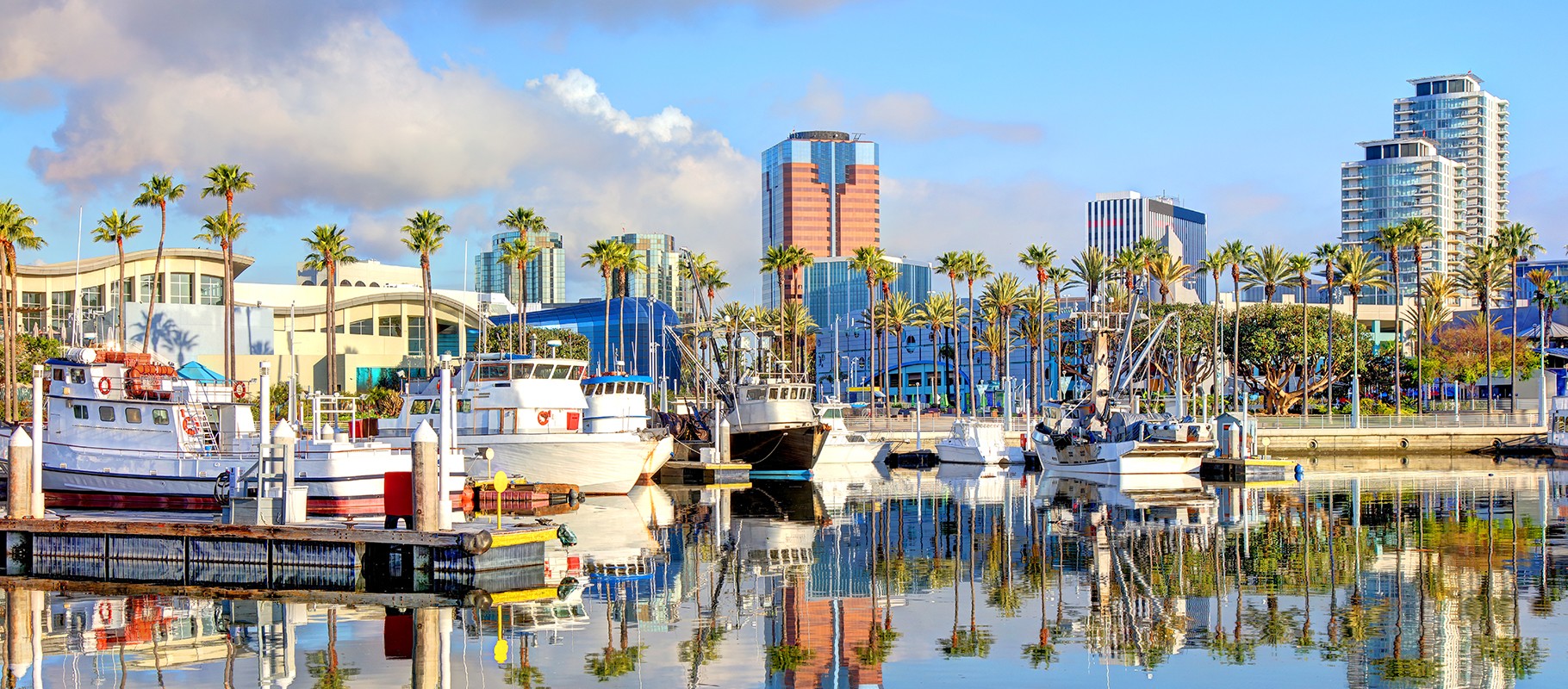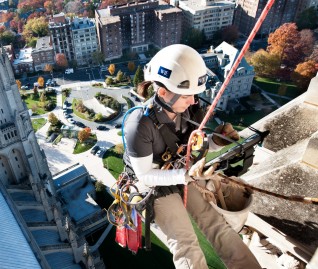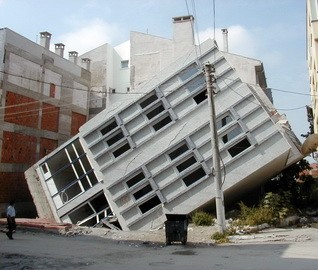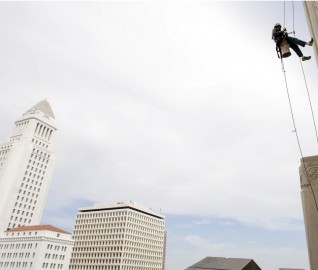The city of Long Beach does not currently mandate the retrofit of reinforced concrete or masonry wall buildings; however, work is underway to develop a Building Resiliency Program. The intent of the program is to reduce the risk of earthquake-related damage and promote life safety in the city’s commercial and multifamily buildings. See the links on this page for information on the program’s progress and key dates.
The city of Long Beach currently has a voluntary program in place for the retrofit of existing reinforced concrete or masonry buildings with flexible diaphragms (tilt-up). The voluntary program also includes non-ductile concrete buildings, concrete frame buildings with masonry infills, and wood-frame residential buildings with soft, weak, or open front walls. It is anticipated that the voluntary reinforced concrete or masonry wall retrofit program (Chapter 18.72 of the Long Beach Building Standards Code) will be replaced by the proposed Building Resiliency Program.
Scope
The existing voluntary seismic retrofit program for the city of Long Beach includes reinforced concrete or masonry wall buildings that have the following characteristics.
- Cast-in-place reinforced concrete or masonry wall buildings with flexible diaphragms designed under Building Codes in effect prior to January 1, 1995.
- Tilt-up concrete wall buildings with flexible diaphragms designed under the Building Codes in effect prior to January 1, 1995, but after January 1, 1976.
All existing reinforced masonry or concrete buildings with flexible diaphragms, including tilt-up concrete wall buildings, designed under the Building Code in effect on or after January 1, 1995, shall be designed in conformance with Chapter 16 of the California Building Code adopted in Chapter 18.40.
The city of Long Beach intends to conduct a city-wide field survey to identify and document the vulnerable building types identified in the proposed Building Resiliency Program.

CONTACTS
Wiss, Janney, Elstner Associates, Inc.Phone: (626) 696-4650
E-mail: seismicordinances@wje.com
Long Beach Building and Safety
333 West Ocean Blvd. 4th Floor, Long Beach, CA, 90802
Phone: (562) 570-7713
Email: David.Khorram@longbeach.gov
RELATED INFORMATION FROM WJE.COM
-
![]() Learn about our San Francisco office MORE >Offices | San Francisco
Learn about our San Francisco office MORE >Offices | San Francisco -
![]() Our professionals are experts in seismic performance evaluations that go beyond standard... MORE >Services | Seismic Engineering
Our professionals are experts in seismic performance evaluations that go beyond standard... MORE >Services | Seismic Engineering -
![]() Overview of seismic evaluation process and key areas to examine when considering seismic safety MORE >Webinars | Evaluating the Seismic Safety of Buildings
Overview of seismic evaluation process and key areas to examine when considering seismic safety MORE >Webinars | Evaluating the Seismic Safety of Buildings -
![]() Learn about our Los Angeles office MORE >Offices | Los Angeles
Learn about our Los Angeles office MORE >Offices | Los Angeles






